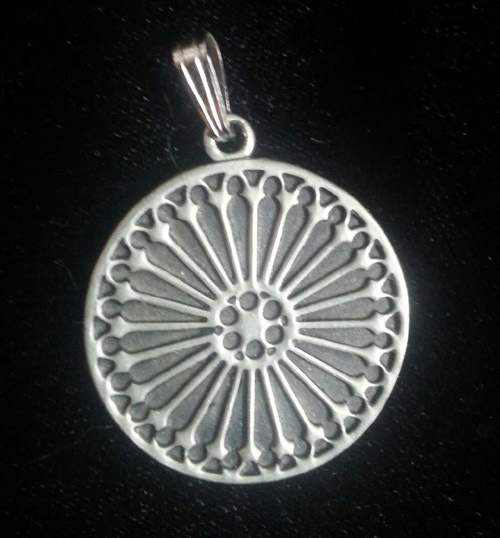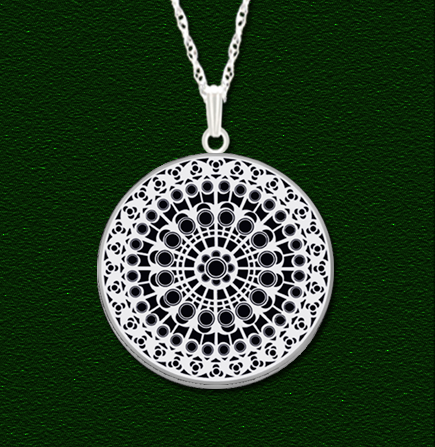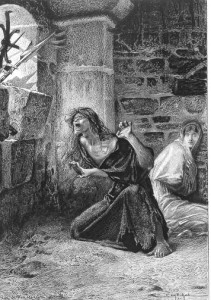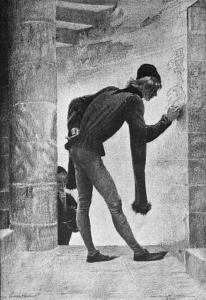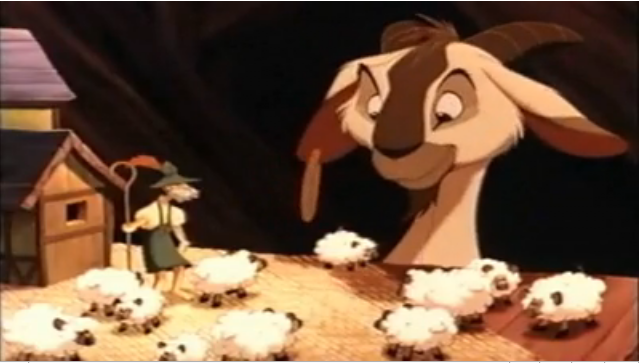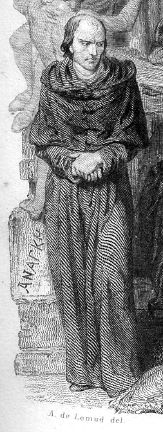Disclaimer – Not affiliated with Lovell Design just a fan of their stuff
I have been a fan of Lovell Design for a few years now. they make Lovell Design natural and nautical theme jewelry pieces. When I was in Maine for a day I went to one of their stores and I saw that they made Rose Window pendants and pins from the Cathedrals in Europe. THe have two of Notre Dame’s Rose Windows. I got the Rose Window from Angers. It’s one of my favorite pendants to wear.
You can get one the Rose Window Pieces on Lovell’s website. In addition to Notre Dame North and West Rose Windows and Angers they have Rose Window designs from Chartres, Clermont, Lausanne, and St Chapelle.
And can you check Lovell Design other pieceson Amazon, sad to say the Rose Window are not there but there stuff is very pretty I love their St. Brendan’s Cross.

